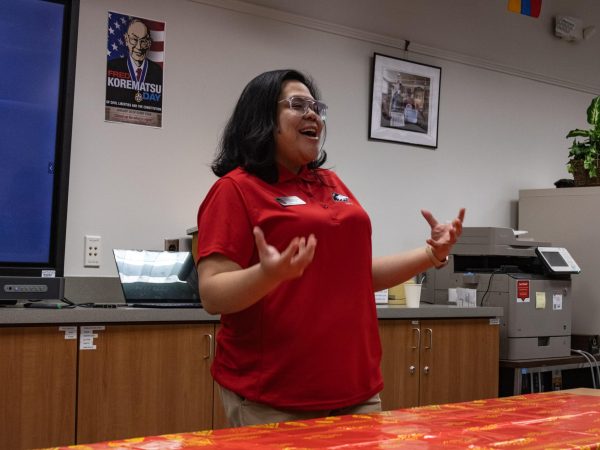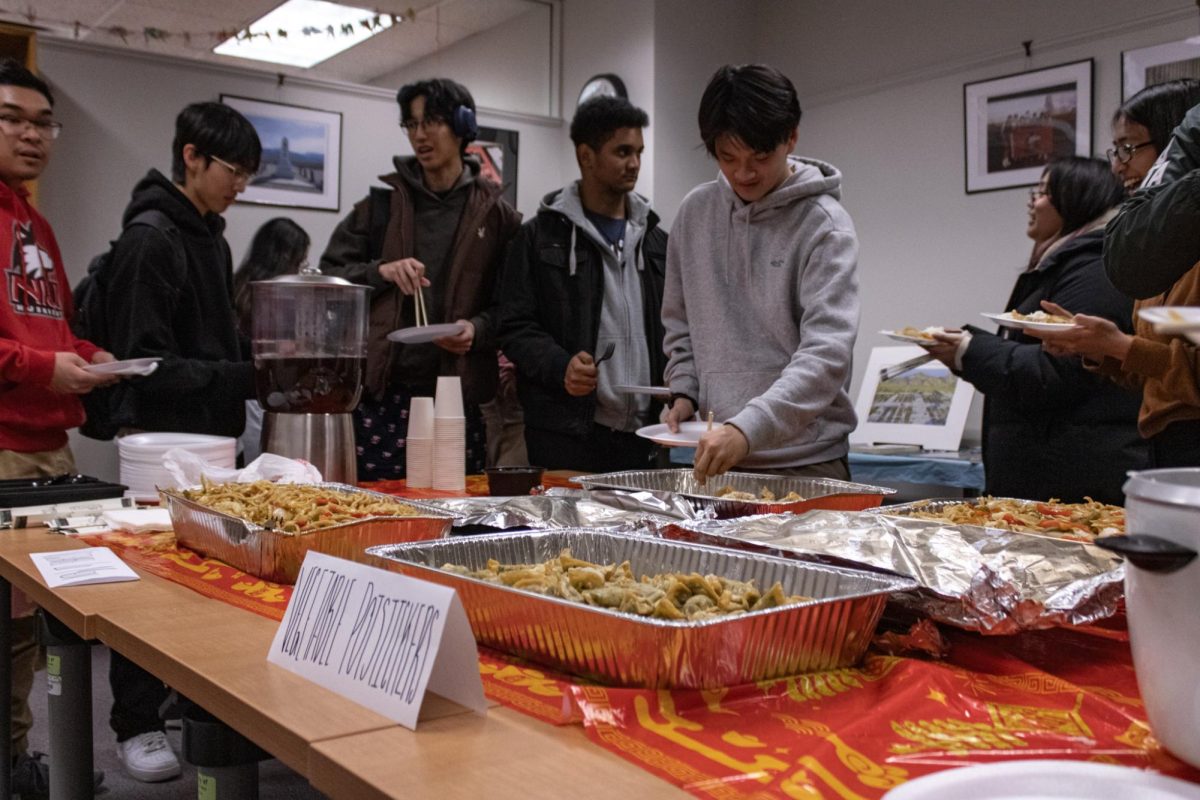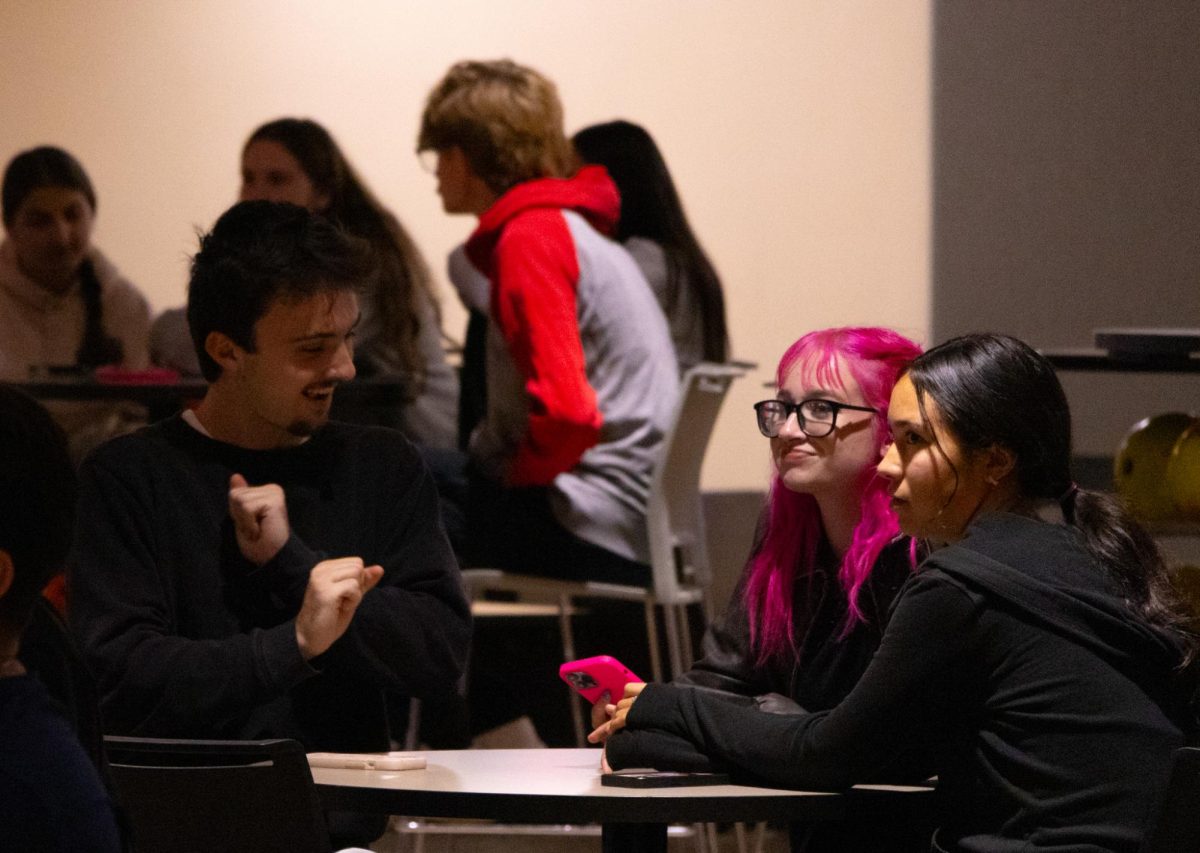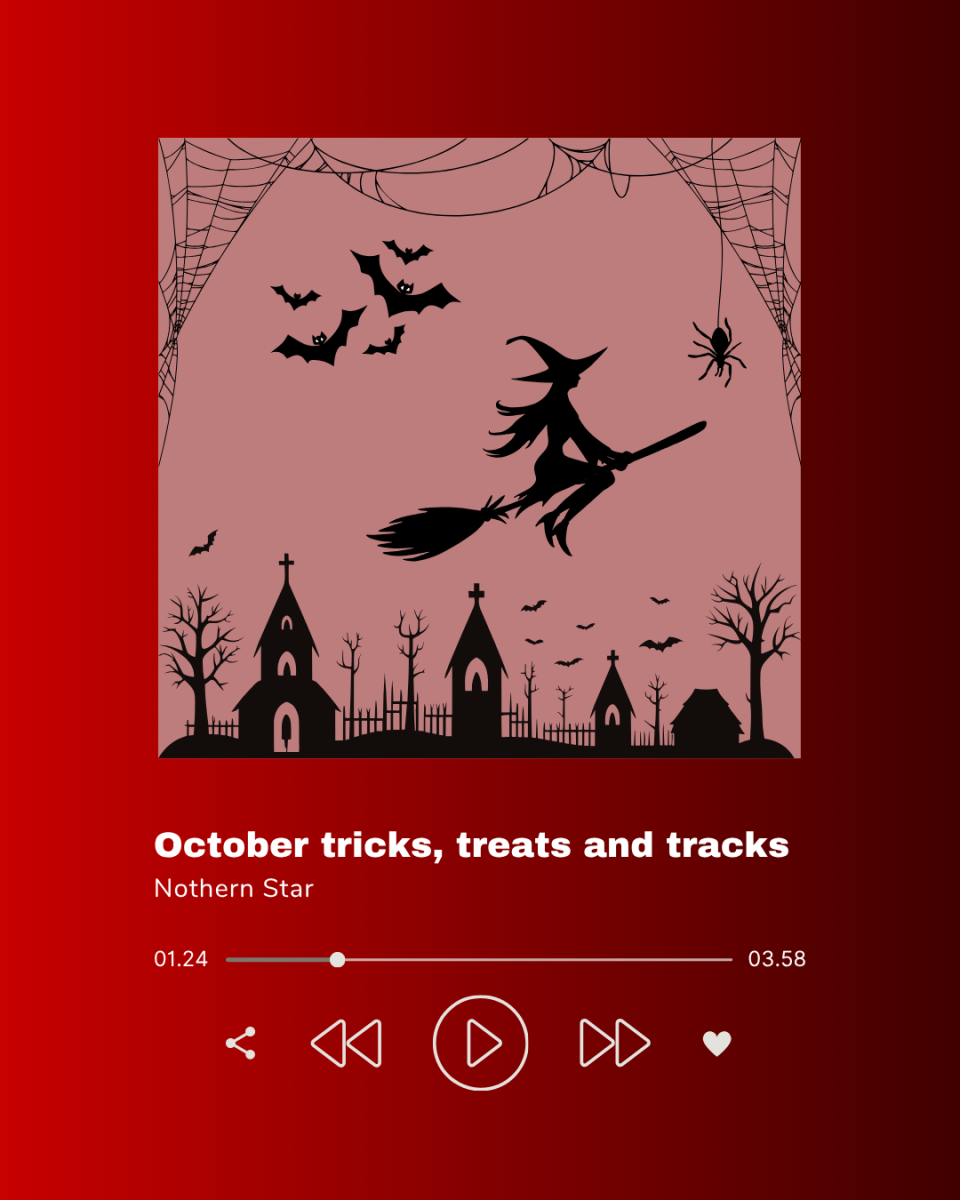Laughter and idle chatter filled the air as students and staff gathered in celebration of the Lunar New Year.
On Tuesday around 45 staff and students gathered for the Asian American Resource Center’s annual Lunar New Year introductory celebration.
While closely associated with Chinese New Year, the tradition is observed in other South and East Asian countries such as South Korea and Vietnam, so the term Lunar New Year is preferred.
In this cultural custom, the beginning of the new year follows the lunar calendar which starts with the first full moon of the new cycle. This year the new year falls on Feb. 10.
While each country can have slightly different traditions, some still carry over from Chinese influences. For example, each year of the lunar calendar is represented by animals from the Chinese zodiac and a classic element from Chinese philosophy. This year is the year of the wood dragon.
“I think promoting Lunar New Year and the significance of it is very important because over a billion people celebrate it worldwide,” said Christina Carpio, AARC associate director.

Carpio went on to mention events like this are important to raise awareness of Asian cultures and, for many countries, the celebration is just as important as Christmas or Thanksgiving is in the United States.
For some students, this event is a chance to connect with their culture.
“In highschool I took Chinese as a language and we learned a lot about Lunar New Year and how we celebrate it. So I really wanted to learn more and see stuff I didn’t see before,” said Briella Arcega, a first-year chemistry major.
In the presentation, attendees were treated to a look at different celebrations and customs associated with Lunar New Year by Theresa Hoang, AARC peer academic coach and president of the Vietnamese Student Alliance.
According to Hoang, cleaning is a big part of the tradition leading up to the next year.
“It symbolizes sweeping away the bad luck and bringing in the good luck instead,” Hoang said.
Other important traditions included honoring your ancestors with their favorite foods while lighting candles to remember them. The giving of gifts and red envelopes is also customary, according to Hoang.
Red envelopes typically are given to younger family members by their elders and usually contain money.
Many traditions also include colorful decorations of red and gold and heads of dragons.
Of the different traditions mentioned, one of the popular ones was the lion dance.
“I liked the lion dance video. I liked the culture and how they made Lunar New Year,” said Danielle Sears, a sophomore finance major.
In the story of the lion dance, villagers were being tormented by evil spirits. To protect themselves, the villagers made disguises of lions to scare the spirits away. This story is used as the origin for the lion and dragon dances seen during Lunar New Year celebrations.
The AARC will host events all week to celebrate the new year.
The next events include the red envelopes event from 9 a.m. to 3:30 p.m. on Wednesday and the luncheon celebration from 11:30 a.m. to 1:30 p.m. Thursday at Neptune dining, students are responsible for regular dining prices unless they gave their name to AARC staff at the Lunar New Year
On Friday, the AARC will also host a culture immersion trip to Chinatown in Chicago for students.










